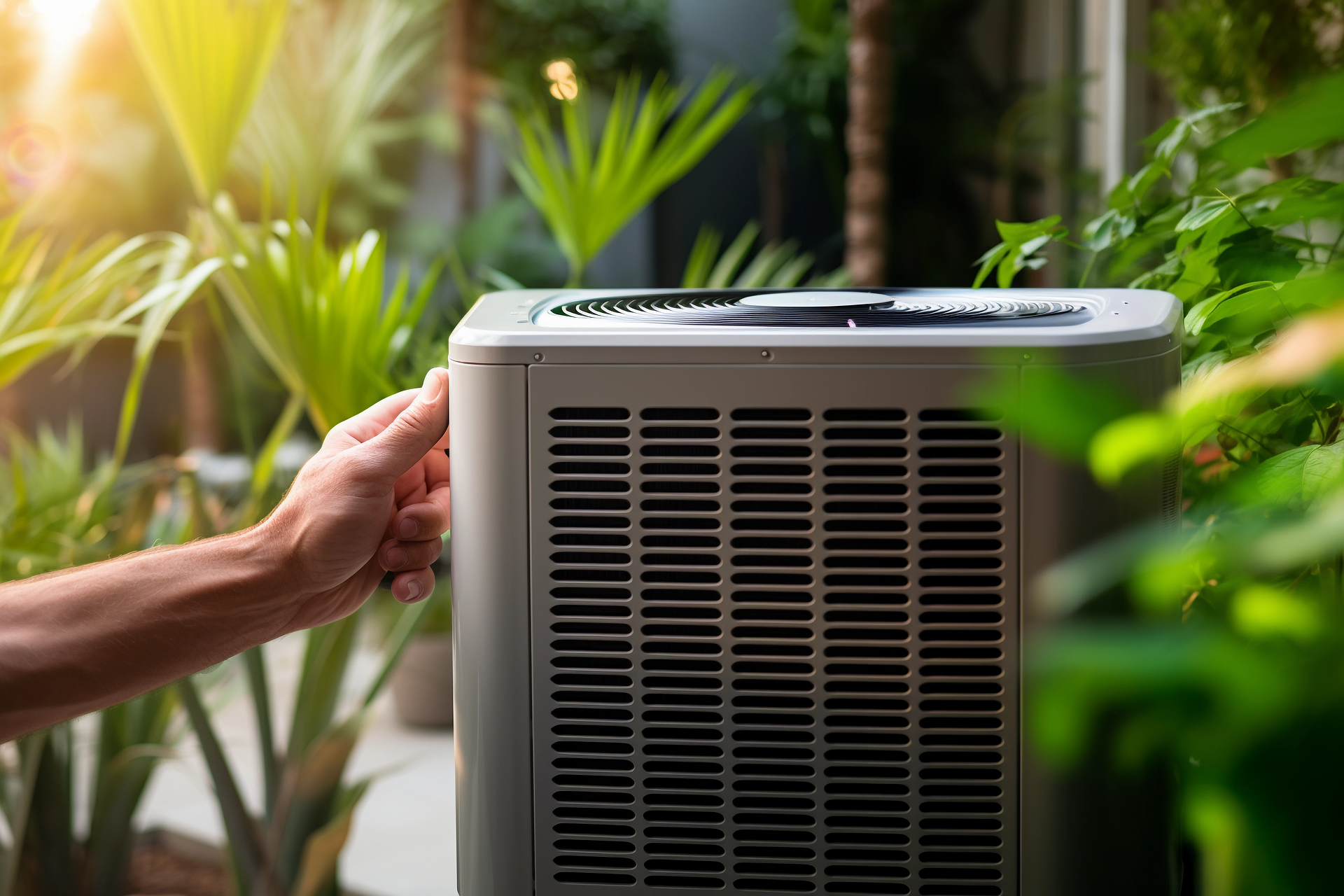Understanding HVAC Technology for Year-Round Comfort
Modern HVAC systems have transformed how we experience indoor environments, providing consistent temperature control regardless of external weather conditions. These sophisticated systems combine heating, ventilation, and air conditioning technologies to create comfortable living and working spaces throughout the year. Understanding how these systems work, what installation involves, and how to maintain them can help you make informed decisions about your indoor climate control needs.

HVAC technology has become an essential component of modern buildings, offering sophisticated solutions for maintaining optimal indoor temperatures and air quality. These systems integrate multiple functions to provide heating during cold months, cooling during warm periods, and continuous ventilation to ensure fresh air circulation. The advancement of HVAC technology has made it possible to achieve precise climate control while improving energy efficiency and reducing environmental impact.
What Does Air Conditioning Installation Involve?
Air conditioning installation is a comprehensive process that requires careful planning and professional expertise. The installation begins with an assessment of your space, including measurements, insulation quality, and existing ductwork. Technicians calculate the cooling load requirements based on factors such as room size, ceiling height, window placement, and local climate conditions. The actual installation involves mounting indoor and outdoor units, connecting refrigerant lines, installing electrical components, and testing the system for proper operation. Professional installers ensure that all components are correctly sized and positioned for optimal performance and efficiency. The process typically takes one to three days depending on system complexity and whether existing infrastructure can be utilized or new ductwork must be installed.
How Do Different HVAC Systems Compare?
Various HVAC system types offer different advantages depending on your specific needs and building characteristics. Central air systems distribute cooled or heated air through ductwork, providing whole-home climate control. Ductless mini-split systems offer flexibility for spaces without existing ducts, allowing independent temperature control in different zones. Heat pumps provide both heating and cooling functions by transferring heat rather than generating it, making them highly energy-efficient in moderate climates. Geothermal systems use the earth’s constant underground temperature for exceptional efficiency but require significant upfront investment. Window units and portable air conditioners serve as cost-effective solutions for cooling individual rooms. Each system type has distinct installation requirements, operational costs, and maintenance needs that should be carefully evaluated based on your climate, budget, and space configuration.
What Are the Key Benefits of Professional Installation?
Professional air conditioning installation ensures your system operates at peak efficiency and reliability. Trained technicians possess the expertise to properly size equipment, preventing issues associated with undersized or oversized units. Correct installation prevents refrigerant leaks, ensures proper drainage, and optimizes airflow throughout your space. Professional installers comply with local building codes and safety regulations, protecting you from potential liability issues. They also provide warranty protection, as most manufacturers require professional installation to honor equipment warranties. Proper installation extends equipment lifespan, reduces energy consumption, and minimizes the need for future repairs. Additionally, professionals can identify potential issues with electrical systems, ductwork, or structural elements that might affect system performance before they become costly problems.
What Factors Influence System Selection and Costs?
Selecting the right HVAC system involves balancing multiple considerations including initial investment, operational efficiency, and long-term maintenance requirements. System capacity, measured in BTUs or tons, must match your space requirements to ensure adequate cooling without excessive energy waste. Energy efficiency ratings such as SEER (Seasonal Energy Efficiency Ratio) indicate how effectively a system converts electricity into cooling, with higher ratings resulting in lower operational costs. Climate considerations affect which system types perform best in your region. Building characteristics including insulation quality, window efficiency, and existing infrastructure influence both system selection and installation complexity. Brand reputation, warranty coverage, and availability of local service providers also play important roles in the decision-making process.
Understanding Installation Costs and Provider Options
Installation costs vary significantly based on system type, capacity, and installation complexity. Central air conditioning systems typically range from $3,000 to $7,000 for complete installation in average-sized homes, while high-efficiency models or complex installations can exceed $10,000. Ductless mini-split systems generally cost between $2,000 and $5,000 per zone installed. Window units represent the most affordable option at $150 to $500 including installation, though they only cool single rooms. Several established providers offer installation services with varying specializations and pricing structures.
| System Type | Typical Provider Examples | Cost Estimation Range |
|---|---|---|
| Central Air System | Carrier, Trane, Lennox | $3,000 - $10,000+ |
| Ductless Mini-Split | Mitsubishi Electric, Daikin, LG | $2,000 - $5,000 per zone |
| Heat Pump System | Rheem, American Standard, Bryant | $4,000 - $8,000 |
| Window/Portable Unit | Frigidaire, GE, Whirlpool | $150 - $800 |
Prices, rates, or cost estimates mentioned in this article are based on the latest available information but may change over time. Independent research is advised before making financial decisions.
What Maintenance Practices Ensure Longevity?
Regular maintenance is essential for preserving system efficiency and preventing premature equipment failure. Basic maintenance includes replacing or cleaning air filters every one to three months, depending on usage and environmental conditions. Annual professional inspections should include refrigerant level checks, electrical connection tightening, condensate drain cleaning, and coil cleaning. Outdoor units require periodic debris removal and clearance maintenance to ensure proper airflow. Thermostat calibration ensures accurate temperature control and prevents unnecessary system cycling. Ductwork should be inspected periodically for leaks, which can reduce system efficiency by up to thirty percent. Proper maintenance not only extends equipment lifespan but also maintains energy efficiency, improves indoor air quality, and reduces the likelihood of unexpected breakdowns during peak usage periods.
Understanding HVAC technology empowers you to make informed decisions about climate control systems that will serve your comfort needs for years to come. Whether you are installing a new system or upgrading existing equipment, considering factors such as system type, professional installation, ongoing maintenance, and total cost of ownership ensures you select the solution that best fits your specific requirements and budget constraints.




